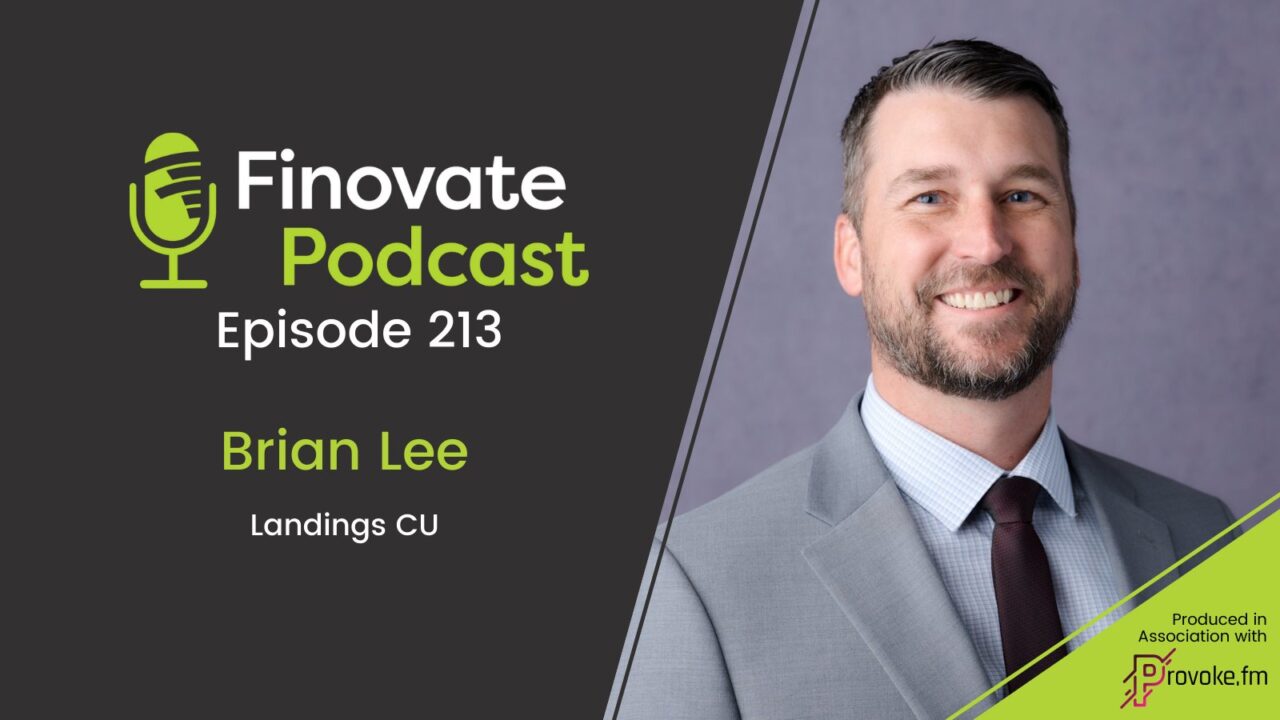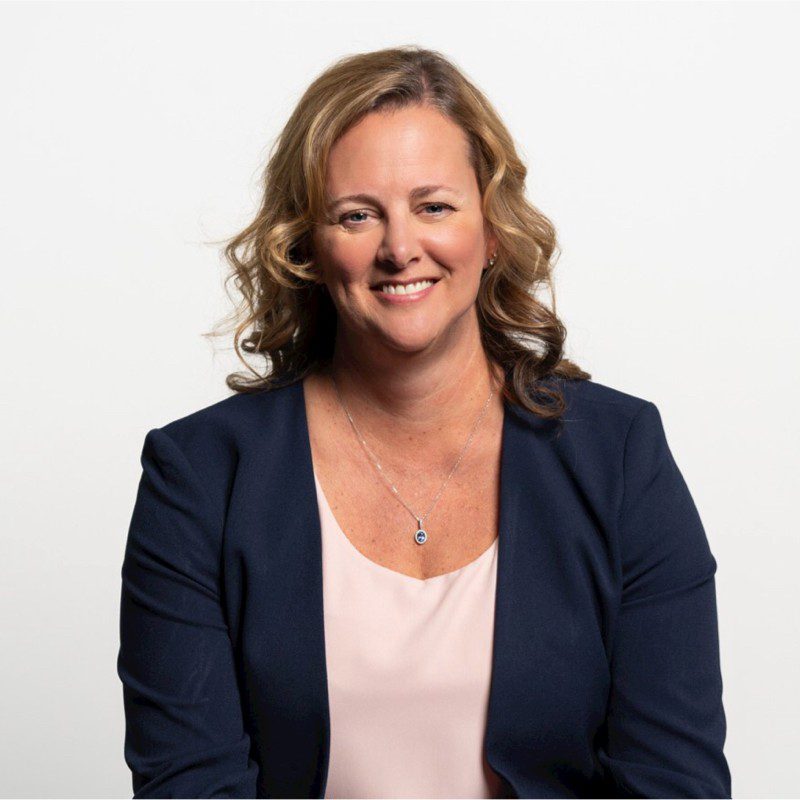
You never know where Finovate Global will take you on any given week. In our last edition, we spent time in Spain with wealthtech GPTadvisor. Before that, we were talking about Ireland’s Central Bank and its search for top fintech talent, new investment in mobile payments in the Philippines, and the pace of digital transformation in India’s financial services sector.
This week, we turn to Uzbekistan, a Central Asian nation and former Soviet republic with a population of just over 37 million. The doubly-landlocked country (one of only two in the world) has been transitioning toward a market economy for years and has been credited by the Brookings Institution for its high economic growth and low public debt. A major producer and exporter of cotton, Uzbekistan has leveraged major natural gas supplies to be one of the largest electricity producers in the region. HSBC has predicted that the country will have one of the fastest-growing economies in the next few decades.
We interviewed Oliver Hughes, former CEO of Tinkoff and current Head of International Business for TBC Bank Group – which recently expanded to Uzbekistan. In our extended conversation, we discussed TBC’s goals in Uzbekistan, nature of banking in Central Asia, what key financial services are in the most demand, as well as how enabling technologies are helping financial institutions in the region better serve their customers.
You joined TBC a few years after the bank expanded to Uzbekistan. First, what drew you to TBC?

Oliver Hughes: Joining TBC in Uzbekistan was a great opportunity for two reasons. First, the market itself is full of potential and ripe for disruption. A young, growing population of 37 million people, of which 59% are under the age of 30, economic reforms and liberalization, a favorable macroeconomic environment and an under-penetrated digital banking market create huge demand for world-class online banking services, so I could see a clear path to success.
Second, I knew that TBC Uzbekistan would be a great place to work and an environment that would allow me to make an impact. Since coming to Uzbekistan in 2019, TBC has built a world-class team, secured a banking license, reached profitability within two years, and outlined a vision that aligns with my previous experience of building and scaling a best-in-class, profitable digital banking ecosystem.
Uzbekistan was TBC’s first international market outside of its native Georgia. Why Uzbekistan?
Hughes: Uzbekistan is a hidden gem, previously largely overlooked by the international investment community, but slowly getting on the radar of investors and fintech heavyweights. It is Central Asia’s largest country by population, which is young and getting younger each year. This supports demand for modern digital financial services. The country has also embarked on a large-scale program of economic reform and liberalization, empowering the private sector and starting to attract more international investment.
TBC Uzbekistan is part of London-listed TBC Bank Group and we are proud to play our part in attracting major global investors to the country. Through TBC, large global investment funds like Fidelity, JPMorgan Asset Management, Schroder, BlackRock and Vanguard have been investing in Uzbekistan, and more investors are coming in every month.
The macroeconomic picture is strong, with GDP expanding at an average annual rate of around 6% for the past decade and forecast to almost double to $160 billion between 2023 and 2030.
In addition, Uzbekistan has a deep tech talent base. It’s both because of its highly educated domestic workforce – a product of a strong education system, and also because Uzbekistan is benefiting from an influx of returning expats and a broad range of international tech specialists from neighboring countries.
What does the financial services ecosystem look like in Uzbekistan? What is the level of interest in fintech innovation there?
Hughes: The financial services sector is still largely dominated by major state banks, which command around 70% of the market. However, competition is increasing as the government continues its drive for privatization and other reforms. A recent example of this was with Hungary’s OTP, which in June 2023 became the first international player to participate in the privatization of the Uzbek banking sector, acquiring former state-owned Ipoteka Bank. And recently, Kaspi announced its intention to participate in the privatization of Humo, Uzbekistan’s second largest open-loop domestic payment system.
TBC Uzbekistan is part of London-listed TBC Bank Group PLC, which also operates Georgia’s leading tech-enabled commercial bank. Despite being part of a multinational group, we consider ourselves to be a local player because we operate as a standalone company in Uzbekistan with a separate tech stack and separate team purpose-built for this country.
In terms of the ecosystem as a whole, it is a mix of state banks, international operators, and local Uzbek players, as well as a developing fintech scene covering everything from payments to crypto.
The level of innovation in the local fintech market is very advanced, thanks to open banking. The key development, which has not yet been replicated in developed markets, is the full banking interoperability that open banking enables in Uzbekistan. In practice, it allows customers to seamlessly interact with multiple financial institutions.
For instance, when a customer of one bank opens an account with another institution, the new bank gains visibility into the customer’s transaction history and account balances from their original bank, while the new bank is also able to initiate fund transfers or debit transactions from the customer’s account at the original institution. This helped TBC enter the market in 2019 via the acquisition of the leading P2P payments app Payme to quickly achieve profitable growth and access to a huge customer base.
Let’s talk a little more specifically about TBC Uzbekistan. How is it structured? What is its mission?
Hughes: Our mission is simple – to make people’s lives easier. As I described earlier, the financial services sector has been and is still to some extent dominated by state institutions that operate in a traditional fashion. We see that there is demand for modern, digital banks that provide a great, convenient user experience and that is what we are building.
At present, there are three components to TBC Uzbekistan: TBC Bank Uzbekistan (TBC UZ), a mobile-only bank; Payme, a digital payments app for individuals and small businesses; and Payme nasiya (Payme instalments), an installment credit business. London-listed TBC Group owns 100% of both Payme and Payme nasiya and is the major shareholder of TBC UZ, with a 60% stake. The other 40% stake in TBC UZ is split between two institutional investors: the European Bank for Reconstruction and Development (EBRD) and the International Finance Corporation (IFC), part of the World Bank Group.
What are some of the biggest areas of opportunity in your opinion?
Hughes: We see some really exciting opportunities in Uzbekistan. At present, we are focused on consumers and specifically consumer lending. Despite over 45 million cards in circulation across the country, product offerings remain limited and retail lending is especially underdeveloped, representing just 12% of GDP.
Demand from consumers for financial services is already significant and continuing to grow, with point-of-sale (POS) digital payment volumes tripling to over $22 billion in the three years ending in 2023, with the number of POS terminals and bank cards in circulation doubling over the same time period.
There are interesting opportunities in other areas as well, including a new, product-rich debit card, financial services for SMEs, insurance and brokerage, with the latter two being at a fairly nascent stage of development in Uzbekistan. So, we plan to leverage those as well in the future.
TBC Uzbekistan recently raised a significant amount of capital. How will the new funding help the bank?
Hughes: Our business in Uzbekistan is scaling rapidly, but there is still significant potential for further growth, including through diversifying our offering to address market demand. The recent funding is being used to increase our loan book — which we are currently doubling year-on-year — advance financial inclusion, and accelerate our progress in launching new product lines.
In addition to powering our growth, new funds help us to continue to diversify our funding base.
What are some things about Uzbekistan that those of us on the outside may be surprised to learn?
Hughes: Uzbekistan is a country that largely exists outside the mainstream consciousness in the West. Some people might have their preconceptions, and would be surprised to learn about the advanced state of open banking in the country. Building on that, the level of innovation in financial services is pretty impressive in Uzbekistan. The fintech sector is thriving and strongly supported by the government and the wider ecosystem that is fueled by local and international tech talent.
In terms of other things that may surprise you about Uzbekistan, it’s the food scene. The food here is incredible, so I urge everyone to come over and try it!
There is a lot of talk about enabling technologies such as AI. Are any of these major areas of innovation in Uzbekistan’s fintech scene?
Hughes: Artificial Intelligence is a key innovation area and one that I am proud to say that TBC is leading among peers by integrating AI into our services.
Our plans are ambitious. We are building an AI Virtual Assistant that takes customer service to the next level. The most common customer service solution right now is chatbots, but we’re skipping that stage and going straight to an interactive voice assistant. What’s more, we’re enabling functionality in the Uzbek language and, in the future, in other local languages such as Tajik and Karakalpak, which tend to get overlooked by major tech giants.
We ultimately envision this Virtual Assistant being able to guide our users across all of our product offerings within TBC Uzbekistan, including the ones we plan to launch in the future, such as insurance, brokerage, travel and ticketing.
How do you see TBC Uzbekistan growing over the next two-to-three years?
Hughes: Since launching in 2019, TBC Uzbekistan has scaled significantly and established itself as a leading player in the market. As disclosed in our recent half-year results, we have grown our user base to 16 million unique registered users and achieved an operating profit of $61 million, up 87% year-on-year, with TBC Uzbekistan accounting for 7% of total profit for the group, as well as 13% of revenue and 44% of consumer loans on the group level. This is a very significant contribution, which is set to expand further.
We plan to continue to grow rapidly over the next 2-3 years, launching new product lines and gaining an increased percentage of market share. This is reflected in the guidance we have issued to the market: a net profit for TBC Uzbekistan of $75 million for the full year of 2025, with 30% of the Group’s loan book coming from TBC’s operations in Uzbekistan.
Where might TBC expand next? Are there any areas of special interest?
Hughes: We’re not yet at the stage where we can point to a specific market. However, I can tell you the types of markets we are considering. Our attention is on emerging markets with a population of around 30 to 70 million people, scope for growth and other favorable characteristics. For now, we still have a lot of exciting things to do in Uzbekistan.
Here is our look at fintech headlines around the world.
Sub-Saharan Africa
- South African fintech Happy Pay locked in $1.8 million in pre-seed funding in a round co-led by E4E Africa and 4Di Capital.
- Ghanaian crypto platform, Mybitstore, went live in Nigeria this week.
- Nigerian fraud detection company Regfyl raised $1.1 million in funding.
Central and Eastern Europe
- Germany’s Commerzbank partnered with Deutsche Börse subsidiary, Crypto Finance.
- Instanbul, Turkey-based fintech Colenda AI launched new AI solution to help financial institutions enhance decision-making and boost loan performance.
- Bulgaria-based Paynetics teamed up with tell.money to launch its Confirmation of Payee (CoP) service.
Middle East and Northern Africa
- UAE-based B2B payments platform Xpence teamed up with Egypt-based Paymob to enhance digital payments in the region.
- Egyptian fintech SETTLE raised $2 million in pre-seed funding.
- Mesh integrated with digital asset trading platform CoinMENA FZE to enhance crypto transfers and account management for customers in the MENA region.
Central and Southern Asia
- India-based insurtech Onsurity raised $21 million to power expansion plans.
- ZaakPay, the payment gateway arm of India’s MobiKwik, partnered with Meta to provide an embedded payment option via WhatsApp.
- Indian financial services platform Kaleidofin secured $13.8 million in funding.
Latin America and the Caribbean
- Uruguay-based MercadoLibre secured $250 million in financing from JPMorgan.
- JMM Group and Liberty Latin America launched microlending service MYNE Lend for Jamaican customers.
- dLocal, a cross-border payments platform based in Uruguay, forged a partnership with MoneyGram.
Asia-Pacific
- Vietnam Maritime Commercial Joint Stock Bank (MSB) teamed up with TerraPay.
- Paysend launched instant cross-border payouts to China UnionPay cards for enterprise customers.
- Visa and dtcpay announce strategic partnership to enhance digital payments in Singapore.
Photo by AXP Photography on Unsplash

















